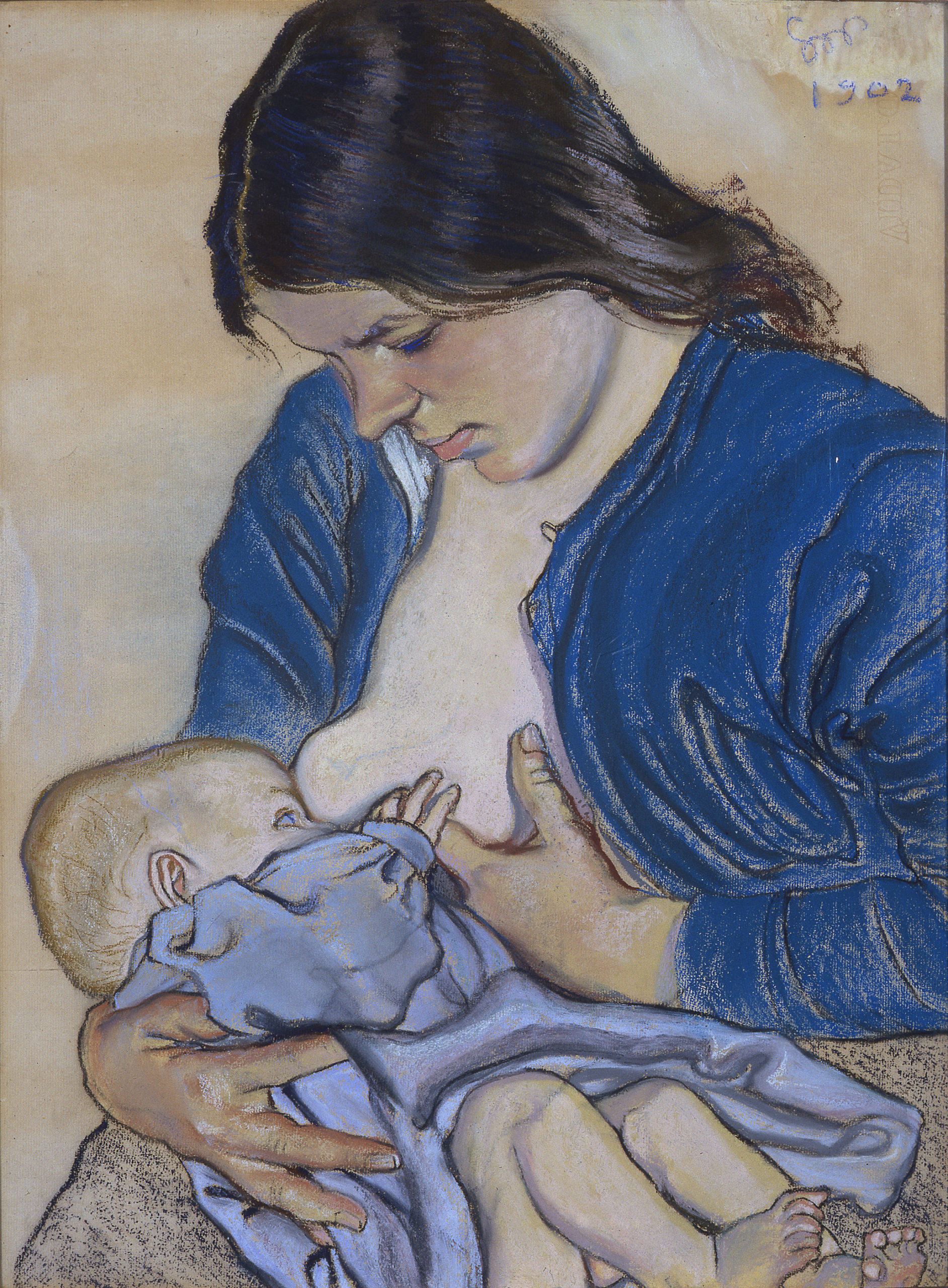
The other day I was running late for an outdoor bluegrass concert. So I hurriedly packed up the items I would need: camp chair; back pack with additional clothing (gets cool when the sun goes down); and literally launched myself into the drivers seat of my truck. Unfortunately on the way to the seat my left knee met with some resistance; the unforgiving rotating light switch.
Ayyyeeee!
Well, the leg started to bleed. And since the abrasive cut was not low enough to avoid my knee-high shorts, I had to take the time to wipe and bandage this time-waster; or it would stain my clothing.
I knew I could carry on unconcerned if I wanted to. Why? Simply put; blood coagulation, part of the process known as the blood-clotting cascade. Eventually the flow would stop. I wouldn’t bleed out. “Soldiering on” would work okay. Blood stained shorts be damned. I was on a mission towards Bluegrass Heaven.
But since the shorts were new, and not yet ready for damnation, Bluegrass Heaven would have to wait. I took the time to bandage up.
Why am I telling you this bit of personal trivia? Because it gives us one more example of the Intelligent Design behind God’s Good Creation. “Huh?” Let me explain.
Blood clotting is the body’s emergency response system; a system I’m convinced was wonderfully designed.
There are some really bright scientists who agree.
Imagine a man having a stroke. He’s rushed to the hospital, where a team of medical professionals springs into action. This is much like what happens when you cut yourself. Your body has its own emergency response system – the blood clotting process.
When you get a cut, your body sends out a distress signal, like a 9-1-1 call. This summons tiny particles in your blood, called platelets, to the site of the injury. These platelets transform and start to form a plug, slowing down the bleeding. Then something called coagulation takes place. But now things get a little technical here. So let me bring in the expert.
Biochemist Michael Behe explains it better than I could in the latest Secrets of the Cell episode; an explanation that includes his irreducible complexity argument for Intelligent Design.
Behe concludes the blood clotting process is too complex and interdependent to have developed through Darwinian evolution. It’s like a finely tuned machine, where every part is necessary for it to function properly. (That’s the irreducible complexity of it.) This suggests that the system was designed with a purpose, rather than being the result of incremental & random evolutionary processes.
That’s what I think too. See what you think.
Companion Posts
+++
God’s Good Creation

